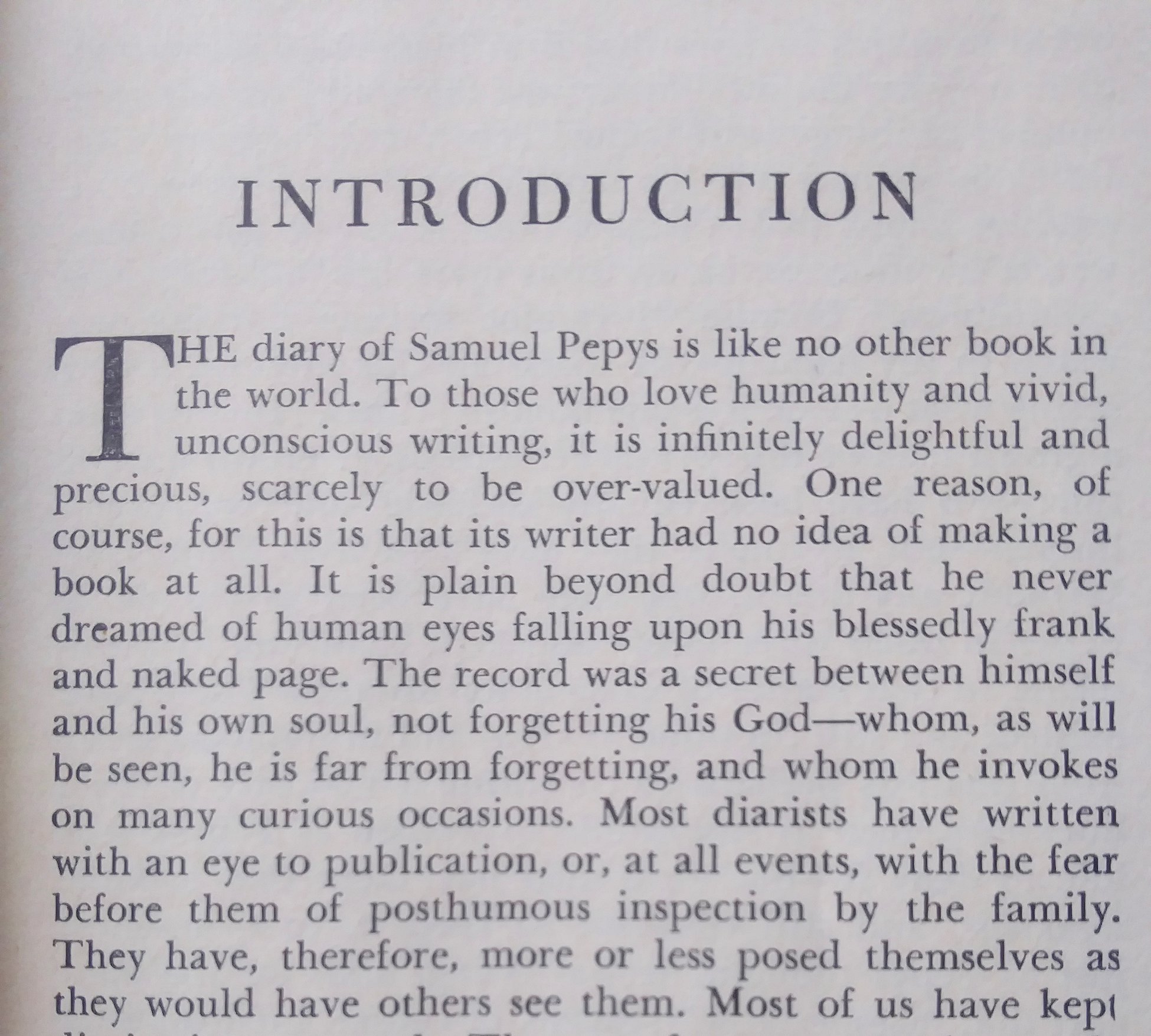JUNE 30, 2020 – I must confess. Over the years, I’ve often skipped the introduction to many a book I’ve read or attempted to read. “Why an ‘introduction’?” I’d silently ask every time. “If it’s important enough to include, why not incorporate it into the book itself?” Often written by someone other than the author, the whole notion of an “introduction” struck me as arrogant. “Oh, so you think you know more than the author, is that it?” I’d say to the intro writer. Or, “You think the readers of this book can’t do it on their own? You think they need a boost, some golden insight, some sort of background to just to get themselves to the starting line?” Then I’d add, “By the way, while I’m at it, the introductions I have read—or attempted to read—are incredibly boring, so there.”
I think maybe this bad attitude of mine formed early in college. By way of background—“introduction”?—see my June 20 post, which mentions one of my very first textbooks, A History of the Western World. As you might guess, it came with a full “Introduction,” nine pages long. The introduction even bore a title, “The Nature of History.” Given the onerous but erroneous initial reading assignment (334 pages), I wasn’t about to waste time on “The Nature of History.” What were the textbook authors thinking?!
Earlier this month, I read that introduction—for the first time. In fact, I read it no fewer than four times. If at 18 I was too immature to contemplate the underpinnings of my anticipated academic major, today, nearly a half century later, a subject line such as “The Nature of History” grabs and holds my attention. The introduction contains a depth of understanding and perspective achieved by few other works I’ve encountered. One sentence that encapsulates the core challenge of any study of history: “Unfortunately, monocausal explanations are ipso facto inadequate for explaining what is very complex.” Before each history I read in the future, I’ll re-read this introduction from my ancient textbook.
Over the weekend, I picked up my dad’s copy of the classic, The Diary of Samuel Pepys. Dad read it in his mid-80s, raved about it, and recommended that I read it too. I wish I had so that we could have discussed it. The book comes with a full introduction, which I read very much at leisure, sitting on a bench swing in the shade just above the waves washing over the stony shoreline below. If I had read the book when Dad was still alive, chances are I would have skipped the introduction. Now, more than a decade later, I not only read it; I savored it—every word. Brilliantly written, the introduction provides critical personal and historical context for the diary itself. Served as a delectable appetizer for the main course, this introduction is nearly a meal unto itself.
And it tells the reader what the diary doesn’t: that the diarist himself pronounced his last name, “Peeps.”
(Remember to subscribe to this blog and receive notifications of new posts by email.)
© 2020 by Eric Nilsson
